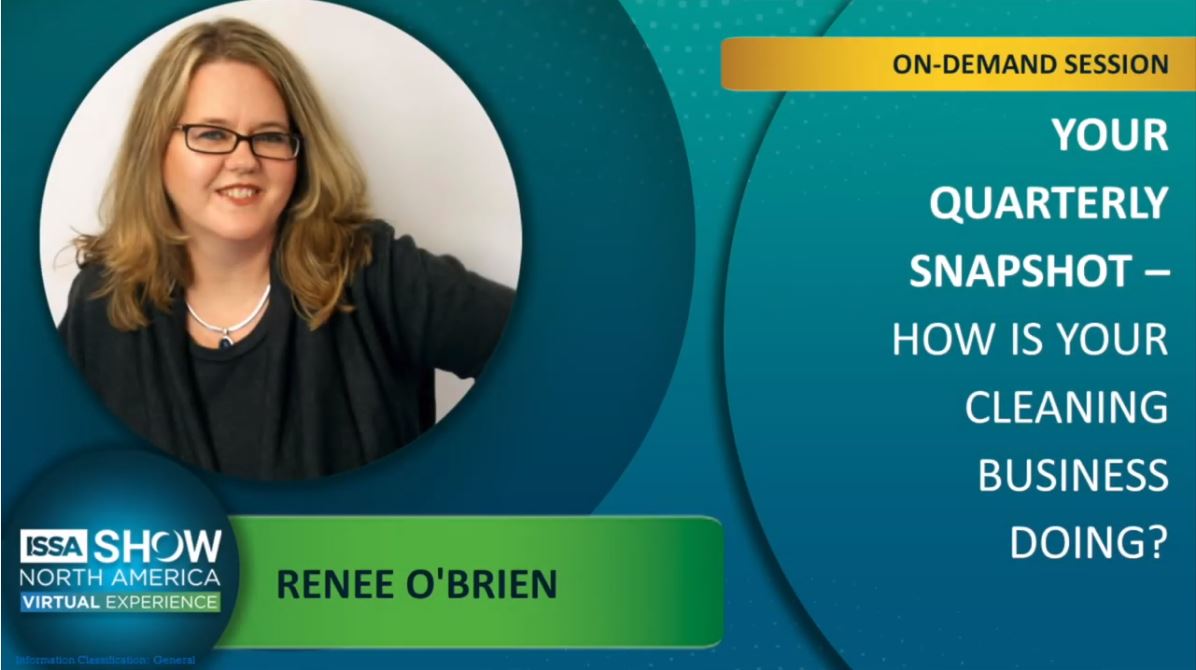Sometimes, when things are looking down, it’s time to smile. The lower you can get these three metrics, the faster you can reach those higher goals.
As a society, we are well conditioned to focus on “up is good; down is bad” as a general rule of judging measurement, especially when talking about business. You know what you want to see going up: Revenue, Profit, Number of Clients, Visitors to your Website, Followers on Facebook.
But there are three key metrics that give you an even better understanding of your business’s health. And with these, the lower the number, the healthier your business and more successful your efforts.
1. Client Attrition or Loss Rate
Your Client Attrition rate measures how many customers you lose over a specific period of time. Most businesses report retention as a monthly percentage, but all businesses that are committed to developing a high level of customer loyalty and are putting in the time and effort are measuring this number weekly – sometimes daily.
It’s simple: How many customers cancelled service forever today? Now answer that question every day from now on. At the end of the month divide the number of customers on the last day by the number of customers on the first. That’s your Client Loss Rate – and you want that to be as low as it can be. Why? Because when it’s high, the next metric climbs, costing you money.
2. Cost of Customer Acquisition
You probably know that to figure up your profit, you have to subtract your supplies, labor expenses and overhead from your revenue; but did you remember to also subtract the cost of your marketing, advertising, lead nurturing, the estimator’s time and travel? All of those expenses went in to helping you get that customer to agree to pay you for your skilled services. You need to make sure you aren’t spending more than a customer is worth.
[EasyDNNnewsToken:Left Justify Embed 300 x 250]This is another one that is often reported as an annual figure, but tracked and measured monthly. Add up all of your marketing and sales expenses for, say, a one month period: email service subscriptions, cost of prizes given out as incentives, add agency fees, television spots, flyer and business card printing, etc. Then divide that by the total number of new customers gained during that month. Compare the dollar figure month to month. If it’s going up, something’s not working in your favor; if it’s going down, keep up the good work.
Note: if you track the referral source of each lead and new customer, you can also figure up the cost of acquisition for each separate marketing tool. This can help you know which campaign to scale back when it stops working for you.
3. Website Bounce Rate
One of the most misunderstood metrics in all of online marketing is the bounce rate: how often website visitors are leaving your website after seeing only one page. The goal of online marketing is to get people to click through to your website. The goal of your website is to give them a reason to click around to the different pages and learn things that will make them call or email or book service right online.
The great part of this metric is that Google Analytics will tell you what your bounce rate is. Even better, Analytics lets you set up time period comparison so you can see how you’re trending. And even better than that, Analytics color codes the rate to remind you that a downward angle in green is a good thing.
Why do you care? Well, if visitors are leaving your site before they get to the good stuff, then your website isn’t doing a very good job of convincing a lead to do something: click for more info, download a freebie, ask a question in your live chat bubble, share an article from your blog, or anything else that requires them to click on something on that page. The interaction stopped, robbing you of that lead and potential customer.
Metrics tracking doesn’t have to be hard, but as the saying goes “What gets measured gets improved.” ~Robin Sharma, The Greatness Guide: Powerful Secrets for Getting to World Class
CeCe Mikell is the Editorial Director for Cleaning Business Today, coming to the cleaning industry from a 15-year career as a college professor of communication and business. She also works with several cleaning business owners on business development projects.






